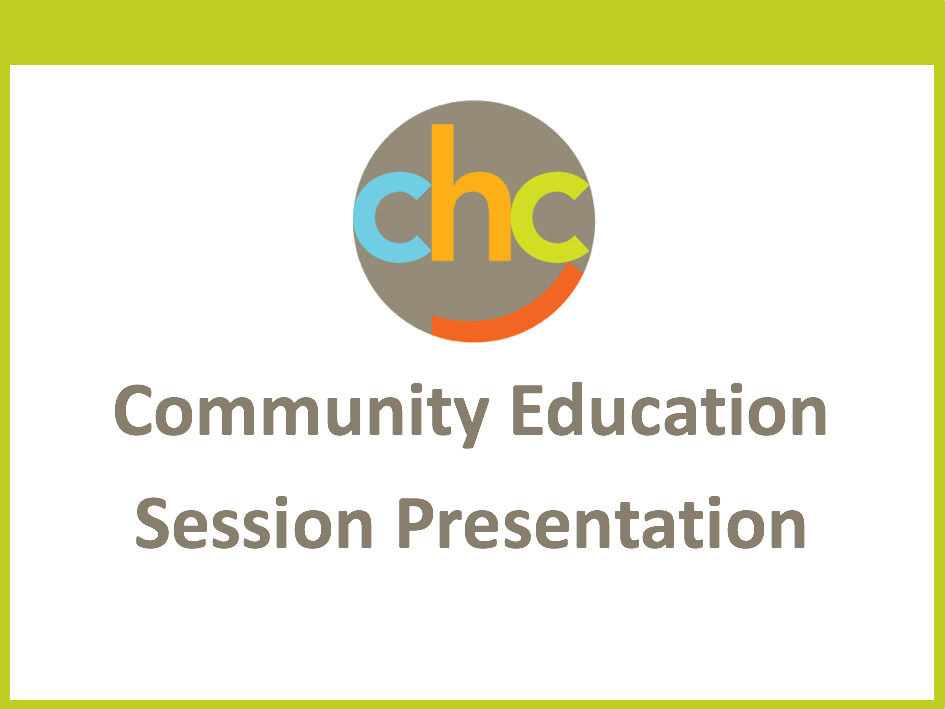Disability Terms and Definitions Under the Individuals with Disabilities Education Act (IDEA)
 There are 13 categories that guide how disability is defined under the federal special education law known as the Individuals with Disabilities Education Act (IDEA). In order to be eligible for special education and related services as a “child with a disability,” a child’s educational performance must be adversely affected due to the disability. Read more ›
There are 13 categories that guide how disability is defined under the federal special education law known as the Individuals with Disabilities Education Act (IDEA). In order to be eligible for special education and related services as a “child with a disability,” a child’s educational performance must be adversely affected due to the disability. Read more ›
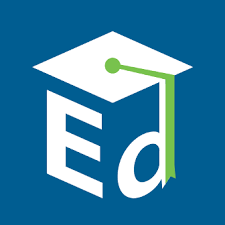
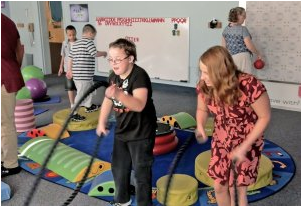
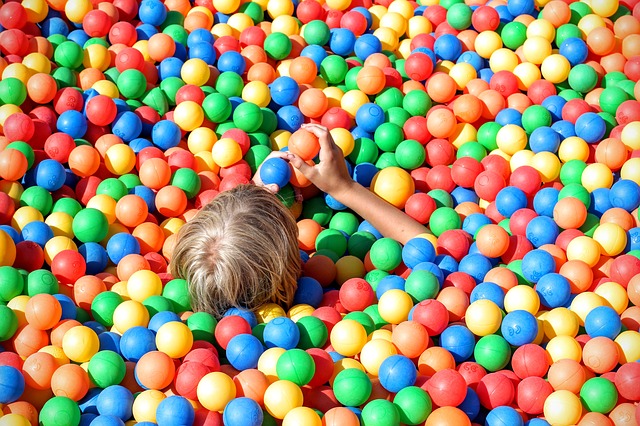
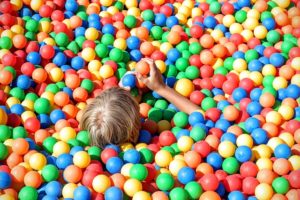 Sensory rooms not only help students with special needs feel more comfortable and empowered in the classroom, they may also keep them in their neighborhood schools, according to K-12 administrators.
Sensory rooms not only help students with special needs feel more comfortable and empowered in the classroom, they may also keep them in their neighborhood schools, according to K-12 administrators.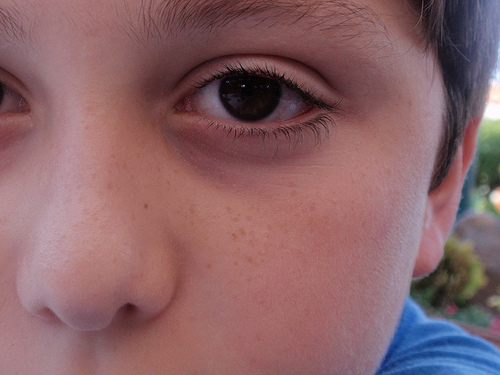
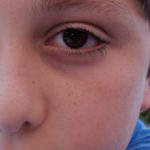 Students on the autism spectrum often find transitioning to new situations challenging. Parents and teachers can minimize the stress with some joint prep before school starts.
Students on the autism spectrum often find transitioning to new situations challenging. Parents and teachers can minimize the stress with some joint prep before school starts.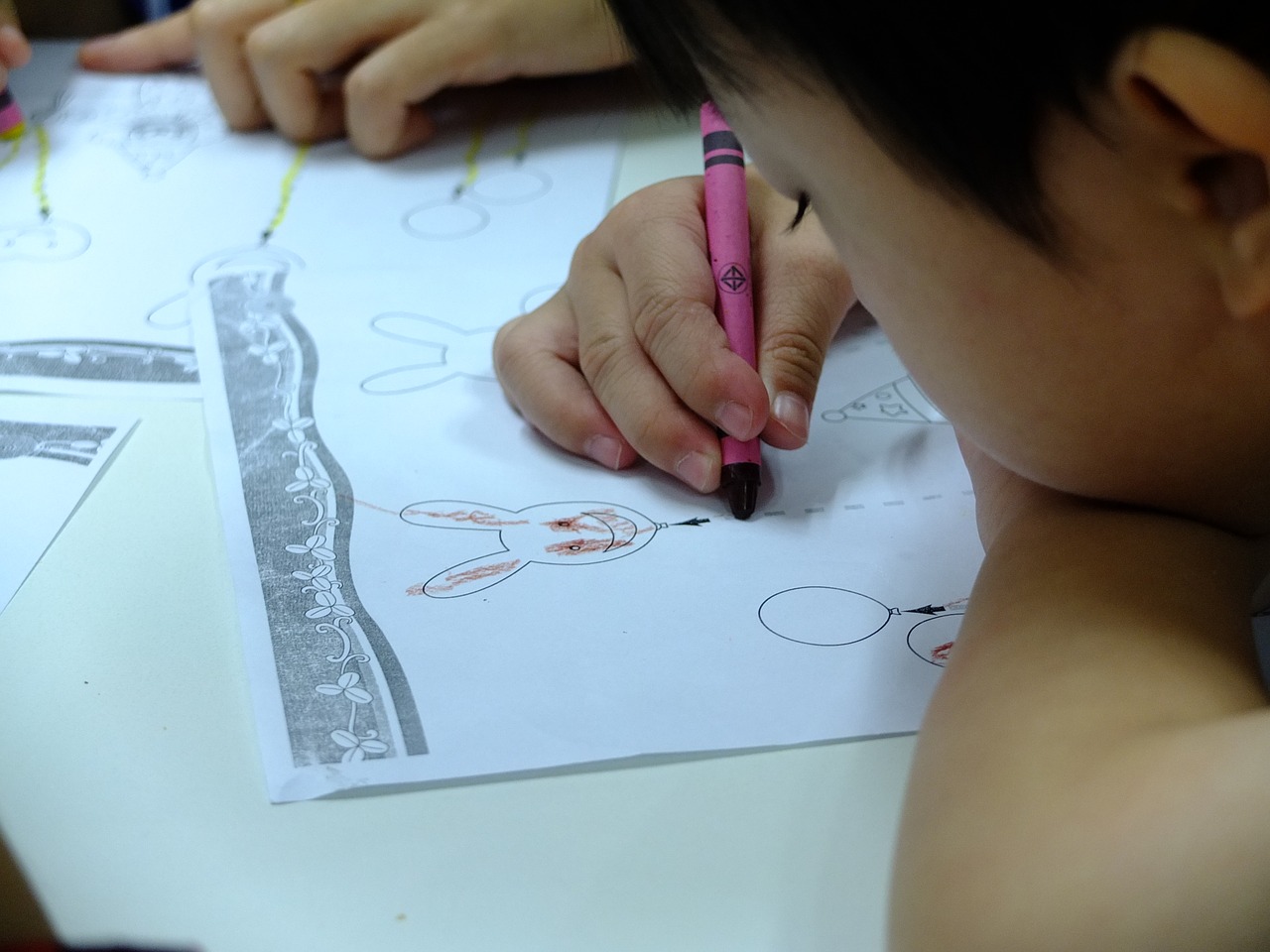
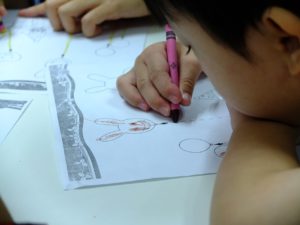 Many children have difficulty with reading, writing, or other learning-related tasks at some point, but this does not mean they have learning disabilities. A child with a learning disability often has several related signs, and these persist over time.
Many children have difficulty with reading, writing, or other learning-related tasks at some point, but this does not mean they have learning disabilities. A child with a learning disability often has several related signs, and these persist over time. 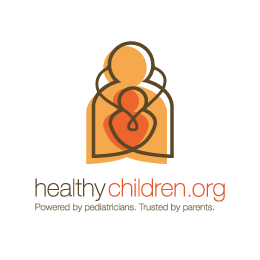
 The
The 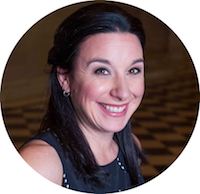 Amy Valentine is the director of the Foundation for Blended and Online Learning (now Future of School), and she previously served as executive director of three virtual schools in Colorado. In early 2016, Valentine’s son was diagnosed with dysgraphia, a learning disability similar to dyslexia.
Amy Valentine is the director of the Foundation for Blended and Online Learning (now Future of School), and she previously served as executive director of three virtual schools in Colorado. In early 2016, Valentine’s son was diagnosed with dysgraphia, a learning disability similar to dyslexia.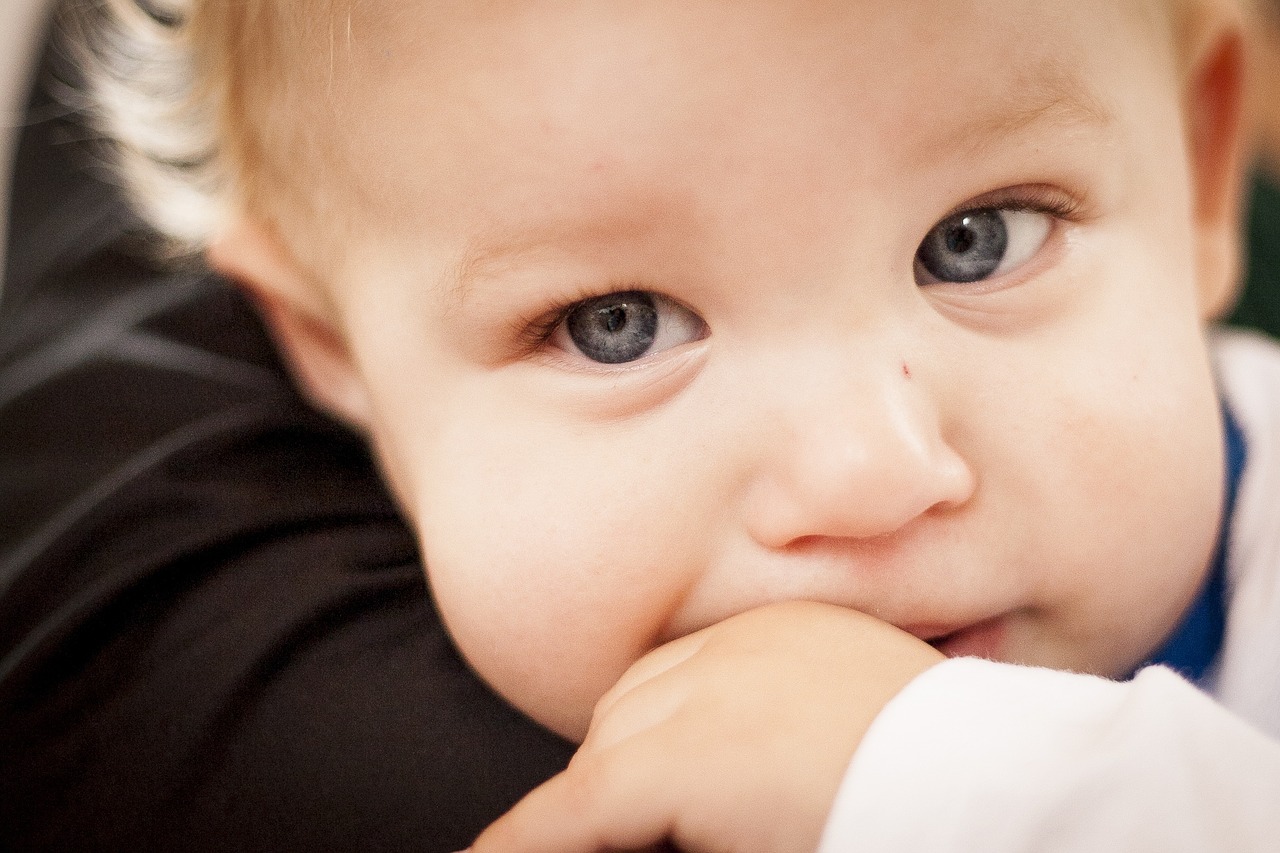
 How your child plays, learns, speaks, acts, and moves offers important clues about your child’s development. Developmental milestones are things most children can do by a certain age.
How your child plays, learns, speaks, acts, and moves offers important clues about your child’s development. Developmental milestones are things most children can do by a certain age.
 The following are signs of common speech and language disorders in children between birth to 4 years of age, an important stage in early detection of communication disorders.
The following are signs of common speech and language disorders in children between birth to 4 years of age, an important stage in early detection of communication disorders. 